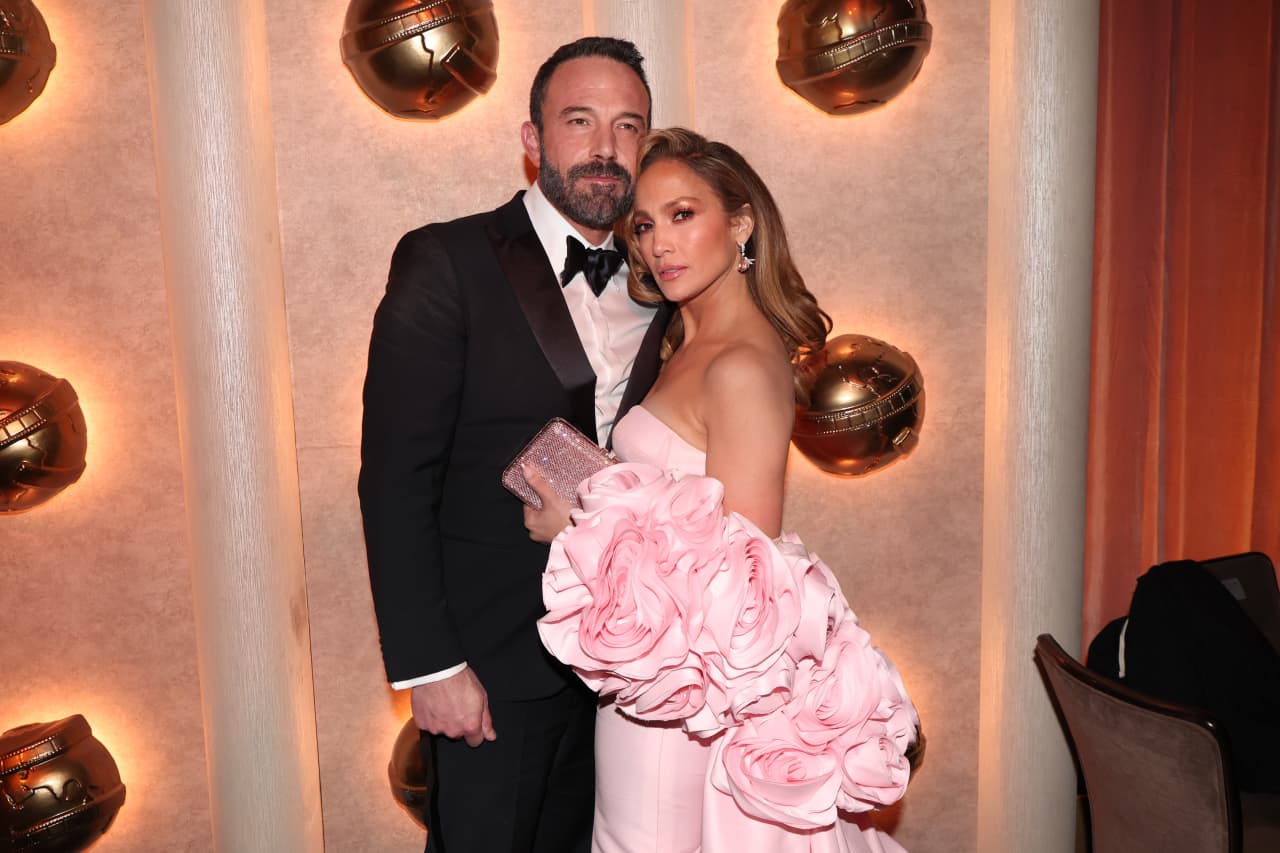The top Australian super funds of 2023 revealed
Super funds with aggressive growth strategies delivered the strongest returns
Impressive share market gains in 2023 boosted the performance of Australian superannuation funds last year. All-growth super funds primarily invested in Australian and international shares delivered an outstanding 13.1 percent return, while conservative super funds containing fewer shares and more defensive assets such as bonds and cash booked a respectable 6.2 percent return.
Chant West has released its annual review of superannuation funds and revealed the top 10 performing funds among those with the median growth strategy. Super investors can choose between several types of strategies depending on their risk tolerance and stage of life. Typically, young Australians may prefer higher growth strategies because they have a longer time horizon to grow their super and can therefore tolerate more risk. Older workers closer to retirement tend to prefer balanced or conservative strategies that aim to preserve capital and deliver lower-risk gains.
Chant West revealed the performance of five different fund strategies common among Australian superannuation funds. All–growth super funds, which comprise 96 to 100 percent growth assets such as shares, delivered a median 13.1 return for investors. High-growth super funds with 81 to 95 percent growth assets delivered an 11.4 percent return. Median growth funds with 61 to 80 percent growth assets delivered 9.9 percent. Balanced funds with 41 to 60 percent growth assets returned 8.1 percent and conservative funds with 21 to 40 percent growth assets returned 6.2 percent.
Chant West senior investment research manager Mano Mohankumar said share markets in Australia and overseas performed well in 2023 and this was the biggest factor in super funds’ gains last year.
Mr Mohankumar said: “International shares was the standout asset class with a tremendous 23 percent return over the year, led by the tech sector which benefitted from advancements in AI. While Australian shares didn’t reach the same level, it still delivered a healthy 12.1percent over the same period.”
Share market returns include share price growth or capital gains, as well as dividends. Defensive assets also provided solid returns last year, with Australian bonds delivering 5.1 percent, international bonds 5.3 percent and cash 3.9 percent.
The top 10 median growth super funds are listed below, with the returns shown being net of investment fees and taxes but before administration fees and financial advisor commissions.
Chant West said the 9.9 percent delivered by median growth funds erased their 4.6 percent loss in 2022. That was the first year in 11 years that median growth funds recorded a fall in value. Mr Mohankumar said super funds had proven their resilience and robustness, particularly during recent years amid a once-in-a-century pandemic, rapidly rising interest rates and a global economic slowdown.
He pointed out that over the long term, Australian super funds have delivered above-target outcomes. He said the typical long-term objective for growth funds is to beat inflation by 3.5 percent per annum, which translates to just over 6 percent returns. “Since the introduction of compulsory super, the annualised return is 7.9 percent and the annual CPI increase is 2.7 percent, giving a real return of 5.2 percent per annum – well above that 3.5percent target,” he said.
“Even looking at the past 20 years, which includes three major share market downturns – the GFC in 2007-2009, COVID-19 in 2020 and the high inflation and rising interest rates in 2022 – super funds have returned 7.3 percent per annum, which is still comfortably ahead of the typical objective.”
This stylish family home combines a classic palette and finishes with a flexible floorplan
Just 55 minutes from Sydney, make this your creative getaway located in the majestic Hawkesbury region.
Continued stagflation and cost of living pressures are causing couples to think twice about starting a family, new data has revealed, with long term impacts expected
Australia is in the midst of a ‘baby recession’ with preliminary estimates showing the number of births in 2023 fell by more than four percent to the lowest level since 2006, according to KPMG. The consultancy firm says this reflects the impact of cost-of-living pressures on the feasibility of younger Australians starting a family.
KPMG estimates that 289,100 babies were born in 2023. This compares to 300,684 babies in 2022 and 309,996 in 2021, according to the Australian Bureau of Statistics (ABS). KPMG urban economist Terry Rawnsley said weak economic growth often leads to a reduced number of births. In 2023, ABS data shows gross domestic product (GDP) fell to 1.5 percent. Despite the population growing by 2.5 percent in 2023, GDP on a per capita basis went into negative territory, down one percent over the 12 months.
“Birth rates provide insight into long-term population growth as well as the current confidence of Australian families,” said Mr Rawnsley. “We haven’t seen such a sharp drop in births in Australia since the period of economic stagflation in the 1970s, which coincided with the initial widespread adoption of the contraceptive pill.”
Mr Rawnsley said many Australian couples delayed starting a family while the pandemic played out in 2020. The number of births fell from 305,832 in 2019 to 294,369 in 2020. Then in 2021, strong employment and vast amounts of stimulus money, along with high household savings due to lockdowns, gave couples better financial means to have a baby. This led to a rebound in births.
However, the re-opening of the global economy in 2022 led to soaring inflation. By the start of 2023, the Australian consumer price index (CPI) had risen to its highest level since 1990 at 7.8 percent per annum. By that stage, the Reserve Bank had already commenced an aggressive rate-hiking strategy to fight inflation and had raised the cash rate every month between May and December 2022.
Five more rate hikes during 2023 put further pressure on couples with mortgages and put the brakes on family formation. “This combination of the pandemic and rapid economic changes explains the spike and subsequent sharp decline in birth rates we have observed over the past four years,” Mr Rawnsley said.
The impact of high costs of living on couples’ decision to have a baby is highlighted in births data for the capital cities. KPMG estimates there were 60,860 births in Sydney in 2023, down 8.6 percent from 2019. There were 56,270 births in Melbourne, down 7.3 percent. In Perth, there were 25,020 births, down 6 percent, while in Brisbane there were 30,250 births, down 4.3 percent. Canberra was the only capital city where there was no fall in the number of births in 2023 compared to 2019.
“CPI growth in Canberra has been slightly subdued compared to that in other major cities, and the economic outlook has remained strong,” Mr Rawnsley said. “This means families have not been hurting as much as those in other capital cities, and in turn, we’ve seen a stabilisation of births in the ACT.”
This stylish family home combines a classic palette and finishes with a flexible floorplan
Just 55 minutes from Sydney, make this your creative getaway located in the majestic Hawkesbury region.


















